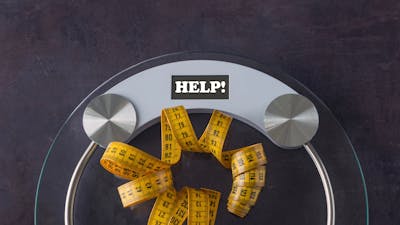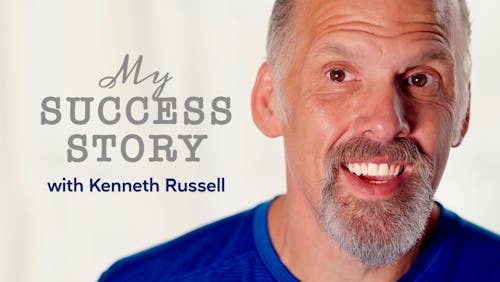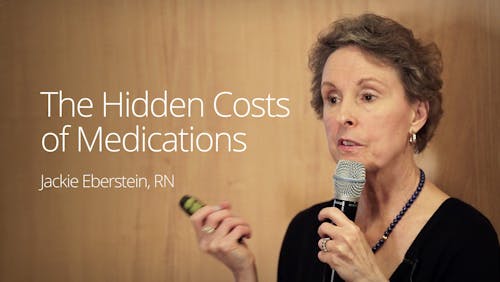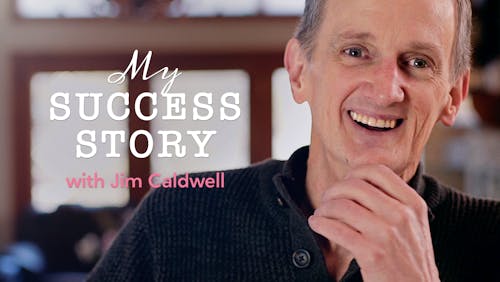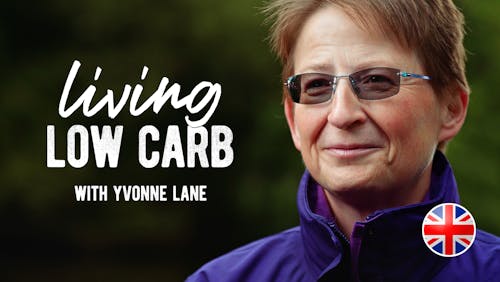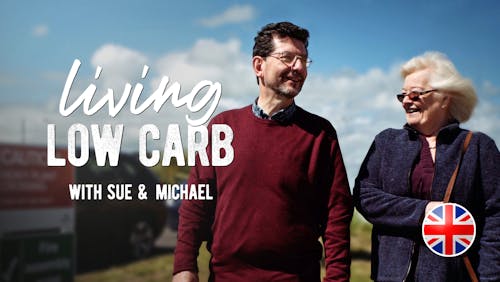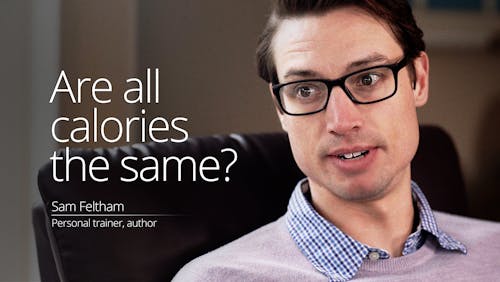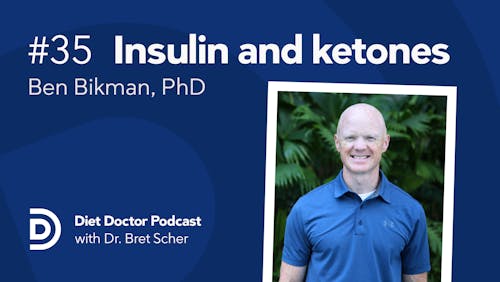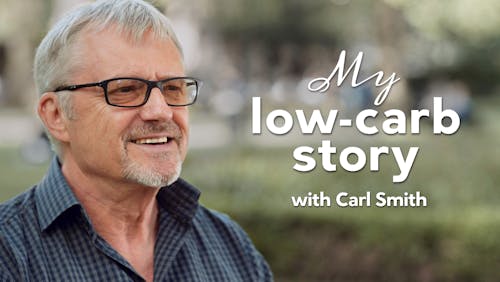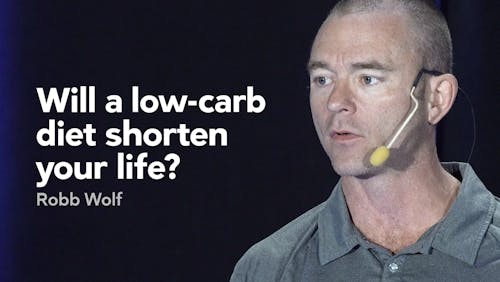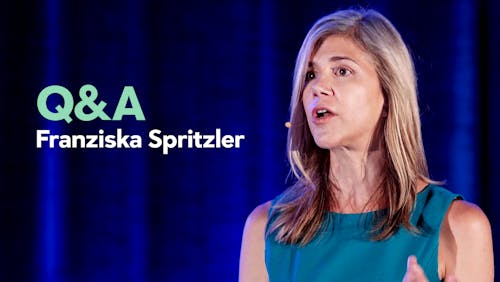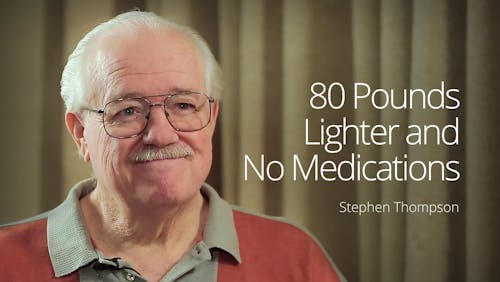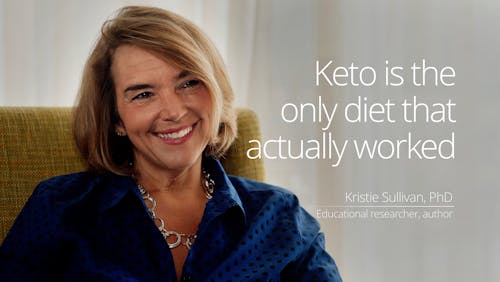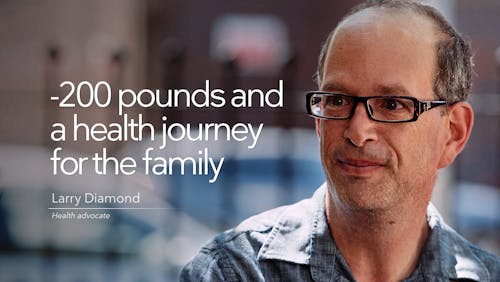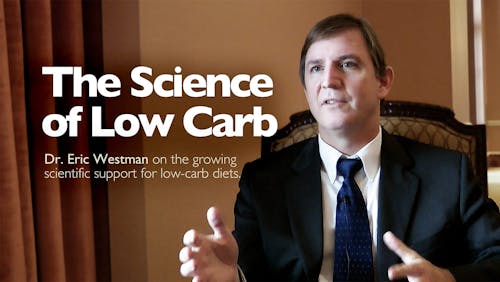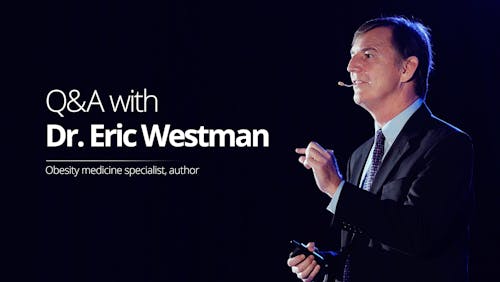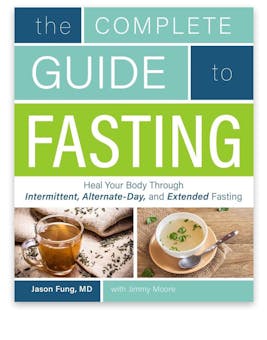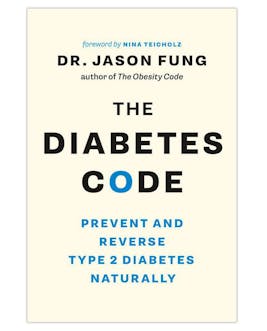Understanding obesity – the key to successful weight loss
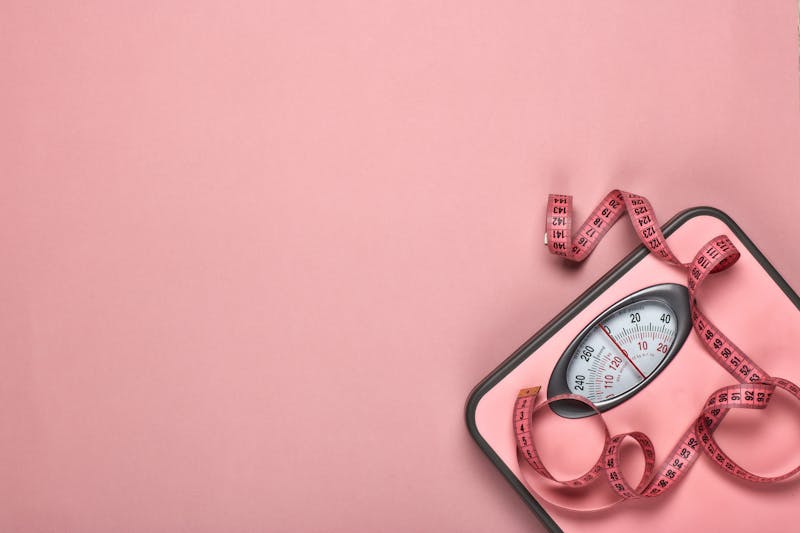
Normal digestion
All foods are composed of a combination of three major components, called macronutrients:
- Carbohydrates
- Protein
- Fat
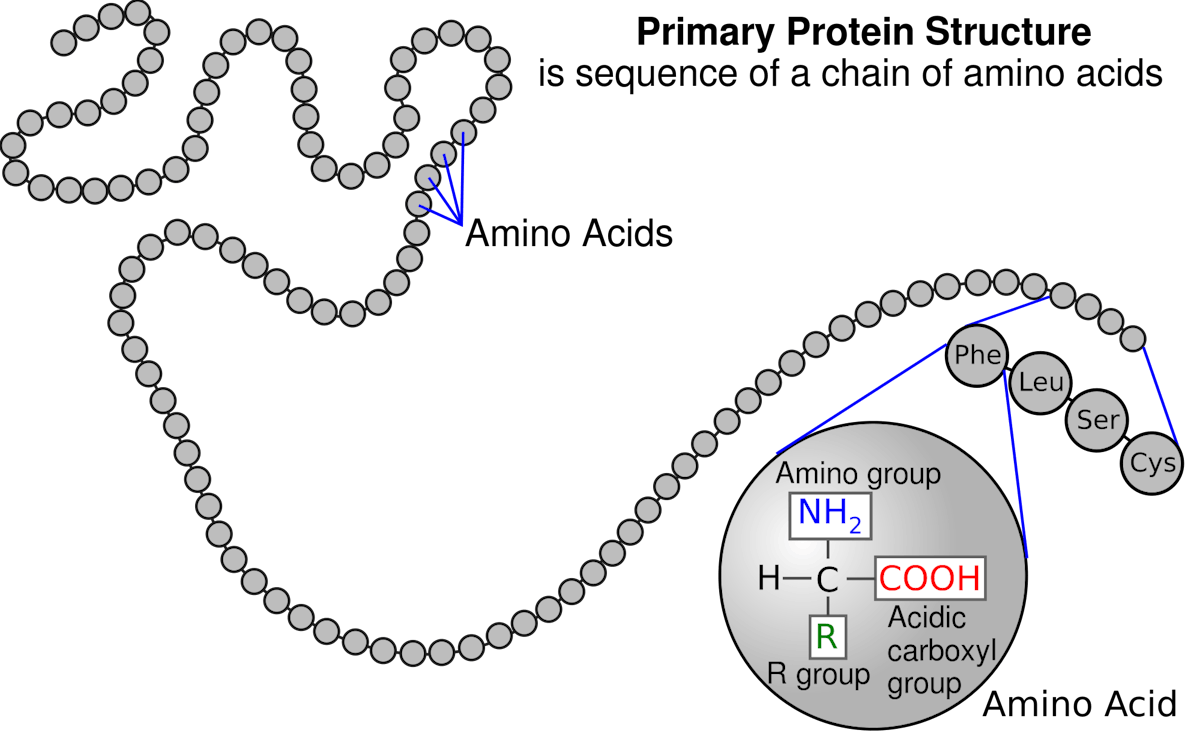


Digestion breaks down macronutrients for absorption into the bloodstream. This provides both energy (calories) and the raw materials needed (proteins, fats) to build cells. Certain macronutrients must be obtained from our diet because we cannot make them ourselves. There are essential amino acids (such as arginine and leucine) and essential fatty acids (such as omega 3 and omega 6 fats), but there are no essential carbohydrates. Without these essential nutrients, we would get sick.
Each of the three macronutrients is metabolized differently. Carbohydrates, chains of sugars such as glucose and fructose are broken into individual sugars for absorption. Refined carbohydrates (eg. flour) are absorbed much more quickly into the blood stream than unrefined carbohydrates that may still contain significant amounts of proteins, fats and fibre.Dietary proteins are made up of components called amino acids and during digestion is broken down into its individual amino acids. These are circulated to the liver, where they are used to repairing and rebuilding cellular proteins. The first job of these amino acids is NOT for use as energy. These are used to build proteins like blood cells, bone, muscle, connective tissue, skin etc. However, if you eat excessive protein, the body has no way to store these extra amino acids. Instead, these are changed into glucose by the liver.
Fat is composed of molecules called triglycerides. Digestion of fat requires bile which mixes and emulsifies the dietary fat so that it is more easily absorbed into the body. The fat is absorbed directly into the lymphatic system which then empties into the bloodstream. The triglycerides are taken up by the fat cells (adipocytes). Since dietary fat does not require the liver for initial processing, it does not require insulin as a signalling hormone. Thus, dietary fat has almost no immediate effect on insulin levels. Dietary fat is absorbed more or less directly into our body fat.
Storage of food energy
The body has two complementary methods of energy storage. It can store energy as:
- Glycogen in the liver
- Body fat
When you eat carbohydrates or proteins (in excess of body needs), insulin rises. All the cells of the body (liver, kidney, brain, heart, muscles etc.) help themselves to this all-you-can-eat glucose buffet. If some glucose is left over, it must be stored away. Individual glucose molecules are strung together into long chains called glycogen. This is a relatively simple process. The reverse process, breaking glycogen back into individual component glucose to provide energy when we are not eating (fasting) is also quite easy.
Glycogen is both made and stored directly in the liver. When insulin goes up, the body stores food energy as glycogen. When insulin falls, as with fasting, the body breaks glycogen back down into glucose. Liver glycogen lasts approximately 24 hours without eating. Glycogen can only be used to store food energy from carbohydrates and proteins, not dietary fat, which is not processed in the liver, and does not break down into glucose.
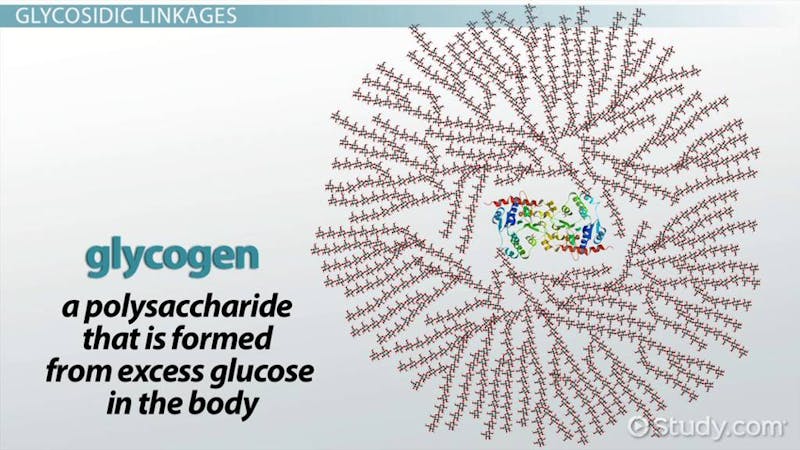


When glycogen stores are full, the body uses a second form of energy storage – body fat. Dietary fat and body fat are both composed of molecules called triglycerides. When we eat dietary fat, it is absorbed and sent directly into the bloodstream to be taken up by the adipocytes. The excess liver glucose that cannot be put into the full glycogen storage must be changed into triglycerides through a process called ‘de novo lipogenesis’.
The liver creates new fat from this pool of excess glucose, but cannot store it. Fat should be stored in fat cells, not the liver. So, the liver exports out the fat as very low density lipoprotein (VLDL), which carries it to the adipocyte for long term storage. The liver essentially transforms excess glucose into fat and transport it to the adipocytes for long-term storage. This is a much more laborious process than glycogen storage. The advantage of using body fat as storage of food energy is that there is no limit as to how much can be stored.



These two different systems for storing food energy complement each other nicely. Glycogen is easy and convenient, but limited in storage space. Body fat is harder and inconvenient, but unlimited in storage space.
Think of glycogen like a wallet. Cash is easily available, but there is limited storage space. Think of body fat like money in your bank. It is far more difficult to move money back and forth, but there is an unlimited amount of storage space. For regular daily activities, it is simpler to use your wallet. It is the better short-term solution. In the long term, however, we use a bank to hold your life’s savings.
The fasted state
In the fasted state, when you don’t eat, insulin levels fall since food is the main stimulus to insulin. While the word fasting may sound scary, it only refers to any time you are not eating. It is the flip side or ‘B’ side of eating. You are either eating or fasting. When you sleep, for example, you are fasting. The word breakfast refers to the meal that breaks our fast, indicating that fasting is truly a part of everyday life. Our bodies only exist in one of two states – the fed state (insulin high) or the fasted state (insulin low). Our body is either storing food energy, or it is using it up. In the fasted state, we must rely on our stores of food energy to survive.


High insulin tells our body to store energy. Low insulin signals our body to use the stored food energy, because no food in coming in. First, we break glycogen down into glucose for energy. This lasts approximately 24 hours. If we go longer without food, we will need to use the harder-to-access stores of food energy in body fat. If you use up the cash in your wallet, you will need to get the money in the harder-to-access bank account.



A healthy body exists in a balance between feeding and fasting. Sometimes we store food energy (the fed state) and sometimes we burn it (the fasted state). It is hard to burn body fat, because it is naturally harder to gain access to. When insulin is high, your body wants to store food energy, not to burn it. Insulin blocks fat burning.
High insulin tells us to make deposits into our ‘fat bank’. Low insulin tells us to make withdrawals from our ‘fat bank’. If you want to lose weight, you need to do two things. When making deposits, you want to make smaller deposits (eat lower insulin foods). This is the question of ‘what to eat’. Refined carbohydrates and sugar tend to cause the highest insulin levels. Therefore, reduce consumption of those foods. Second, you want to spend more time making withdrawals (spend more time in the fasted state). This is the question of ‘when to eat’. If you spend more time in the fasted state, then you will burn more stored food energy also known as body fat.
All of weight loss comes down to these two things – what to eat, and when to eat. While we obsess about the first question, we almost ignore the second question. Is it better to eat 6 times a day, or once a day? If you eat 6 times a day, you are telling your body to store fat 6 times a day. That seems like a recipe for heartbreak. The magic combination of eating low-insulin foods, which is virtually all natural unprocessed foods, and intermittent fasting (remember that fasting is a part of everyday life) is the best, simplest method of long term weight loss.Insulin is one of the key hormonal regulator of body weight. Obesity is a hormonal imbalance as much as a caloric one. Simply put, insulin causes obesity, so reducing insulin is one of the main stepping stones for weight loss.
Dr. Fung’s top posts
Weight loss
More with Dr. Fung
Dr. Fung has his own blog at idmprogram.com. He is also active on Twitter.
Dr. Fung’s books The Obesity Code, The Complete Guide to Fasting and The Diabetes Code are available on Amazon.


